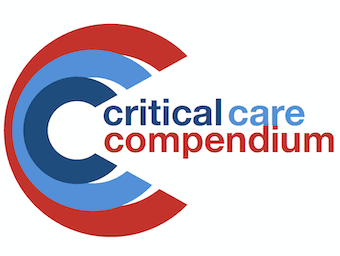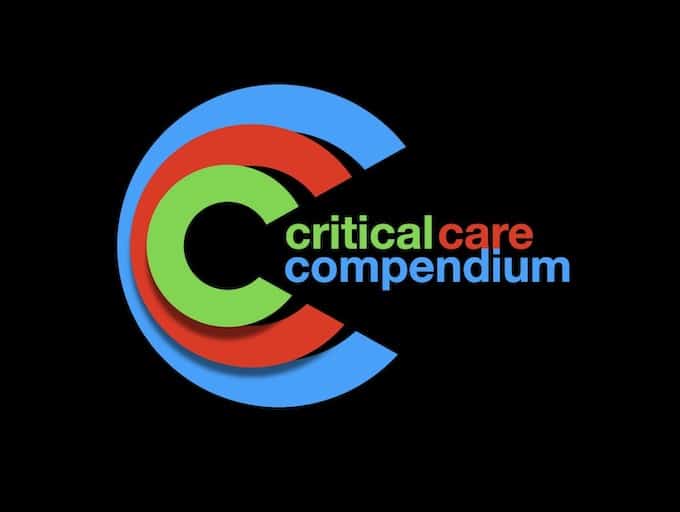
Coroner’s clot
The 'Coroner's clot' is an occult clot of blood remaining in the nasopharynx behind the soft palate following local surgery or trauma that has the potential to cause fatal airway obstruction following extubation/ removal of a supraglottic airway device (SAD)

